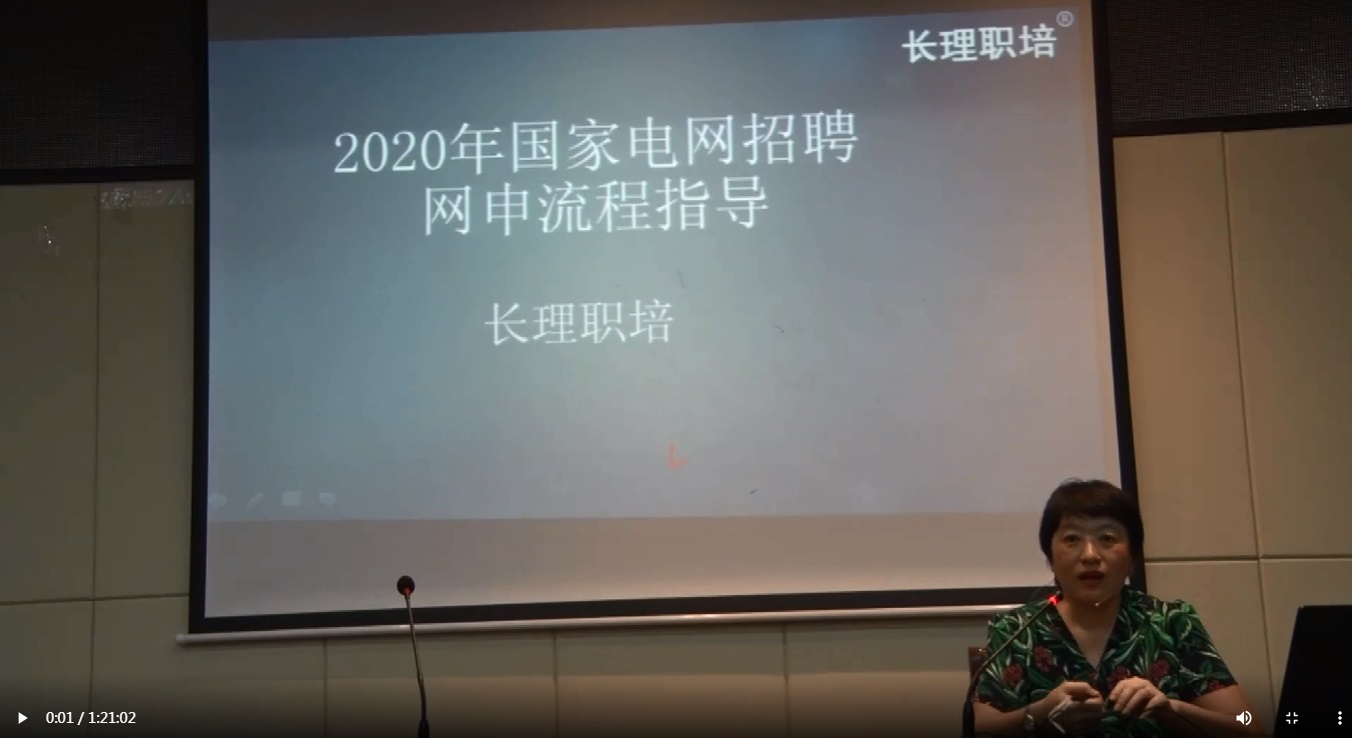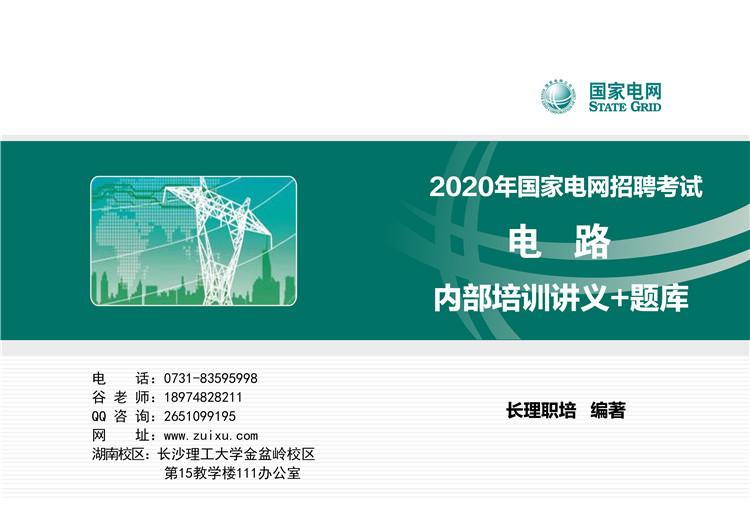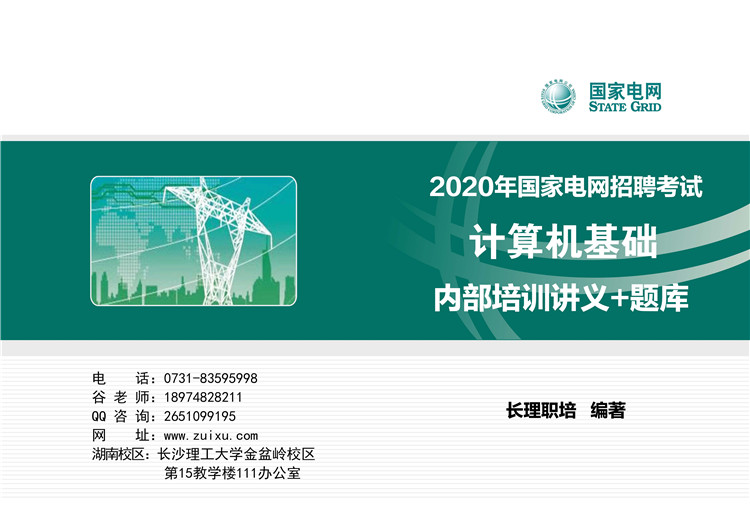Technology Transfer in Germany
When it comes to translating basic research into industrial success,few nations can match Germany.Since the 1940s,the nation's vast industrial base has been fed constant stream of new ideas and expertise from science.And though German prosperity(繁荣)has faltered(衰退)over the past decade because of the huge cost of unifying east and west as well as the global economic decline,it still has an enviable record for turning ideas into profit.
Much of the reason for that success is the Fraunhofer Society,a network of research institutes that exists solely to solve industrial problems and create sought-after technologies.But today the Fraunhofer institutes have competition.Universities are taking an ever larger role in technology transfer,and technology parks are springing up all over.These efforts are being complemented by the federal programmes for pumping money into start-up companies.
Such a strategy may sound like a recipe for economic success,but it is not without its critics.These people worry that favouring applied research will mean neglecting basic science,eventually starving industry of fresh ideas.If every scientist starts thinking like an entrepreneur(企业家),the argument goes,then the traditional principles of university research being curiosity-driven,free and widely available will suffer.Others claim that many of the programmes to promote technology transfer are a waste of money because half the small businesses that are promoted are bound to go bankrupt within a few years.
While this debate continues,new ideas flow at a steady rate from Germany's research networks,which bear famous names such as Helmholtz,Max Planck and Leibniz.Yet it is the fourth network,the Fraunhofer Society,that plays the greatest role in technology transfer.
Founded in 1949,the Fraunhofer Society is now Europe's largest organisation for applied technology,and has 59 institutes employing 12,000 people.It continues to grow.Last year,it swallowed up the Heinrich Hertz Institute for Communication Technology in Berlin.Today,there are even Fraunhofers in the US and Asia.
1What factor can be attributed to German prosperity?
ATechnology transfer.
BGood management.
CHard work.
DFierce competition.
2Which of the following is NOT true of traditional university research?
AIt is free.
BIt is profit-driven.
CIt is widely available.
DIt is curiosity-driven.
3The Fraunhofer Society is the largest organisation for applied technology in
AAsia.
BUSA.
CEurope.
DAfrica.
4When was the Fraunhofer Society founded?
AIn 1940.
BLast year.
CAfter the unification.
DIn 1949.
5The word"expertise"in line 3 could be best replaced by
A"experts".
B"scientists".
C"scholars".
D"special knowledge".
<参考答案>
01.A 02.B 03.C 04.D 05.D
When it comes to translating basic research into industrial success,few nations can match Germany.Since the 1940s,the nation's vast industrial base has been fed constant stream of new ideas and expertise from science.And though German prosperity(繁荣)has faltered(衰退)over the past decade because of the huge cost of unifying east and west as well as the global economic decline,it still has an enviable record for turning ideas into profit.
Much of the reason for that success is the Fraunhofer Society,a network of research institutes that exists solely to solve industrial problems and create sought-after technologies.But today the Fraunhofer institutes have competition.Universities are taking an ever larger role in technology transfer,and technology parks are springing up all over.These efforts are being complemented by the federal programmes for pumping money into start-up companies.
Such a strategy may sound like a recipe for economic success,but it is not without its critics.These people worry that favouring applied research will mean neglecting basic science,eventually starving industry of fresh ideas.If every scientist starts thinking like an entrepreneur(企业家),the argument goes,then the traditional principles of university research being curiosity-driven,free and widely available will suffer.Others claim that many of the programmes to promote technology transfer are a waste of money because half the small businesses that are promoted are bound to go bankrupt within a few years.
While this debate continues,new ideas flow at a steady rate from Germany's research networks,which bear famous names such as Helmholtz,Max Planck and Leibniz.Yet it is the fourth network,the Fraunhofer Society,that plays the greatest role in technology transfer.
Founded in 1949,the Fraunhofer Society is now Europe's largest organisation for applied technology,and has 59 institutes employing 12,000 people.It continues to grow.Last year,it swallowed up the Heinrich Hertz Institute for Communication Technology in Berlin.Today,there are even Fraunhofers in the US and Asia.
1What factor can be attributed to German prosperity?
ATechnology transfer.
BGood management.
CHard work.
DFierce competition.
2Which of the following is NOT true of traditional university research?
AIt is free.
BIt is profit-driven.
CIt is widely available.
DIt is curiosity-driven.
3The Fraunhofer Society is the largest organisation for applied technology in
AAsia.
BUSA.
CEurope.
DAfrica.
4When was the Fraunhofer Society founded?
AIn 1940.
BLast year.
CAfter the unification.
DIn 1949.
5The word"expertise"in line 3 could be best replaced by
A"experts".
B"scientists".
C"scholars".
D"special knowledge".
<参考答案>
01.A 02.B 03.C 04.D 05.D
编辑推荐:
下载Word文档

温馨提示:因考试政策、内容不断变化与调整,长理培训网站提供的以上信息仅供参考,如有异议,请考生以权威部门公布的内容为准! (责任编辑:长理培训)






















点击加载更多评论>>